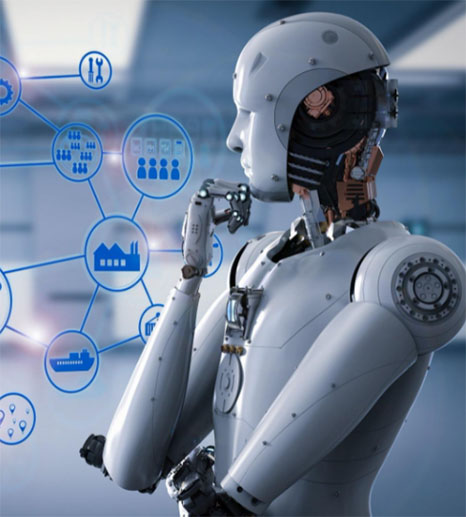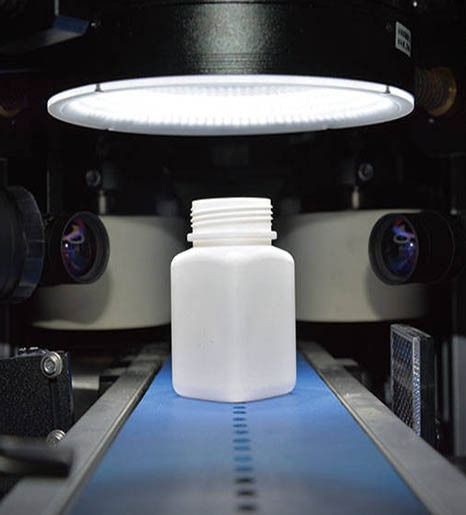AI Image Visual Inspection Based on Deep Learning Algorithm
Aug 08, 2024
The modern computer vision technology based on artificial intelligence and deep learning methods has made significant progress in the past decade. Today, it is widely used for image classification, facial recognition, and the recognition of objects within images. So, what exactly is deep learning? How is deep learning applied in visual inspection?
What is Deep Learning?
Deep learning is a branch of machine learning techniques that consists of classifiers built from artificial neural networks. The principle behind it is to teach machines to learn through examples to provide labeled examples of specific types of data to the neural network. The model extracts common patterns from these examples and converts them into a neural network model containing this information, which aids in classifying information obtained in the future.
Visual inspection based on deep learning technology can achieve localization, differentiation of defects, character recognition, and more, simulating human visual inspection during operation. What does this actually mean? For example, if we want to create visual inspection software for inspecting lithium batteries, we need to develop a deep learning-based algorithm and train it using examples of the defects that need to be detected. With the data of defects, the neural network will ultimately detect them without any additional instructions.
Visual inspection systems based on deep learning are adept at detecting defects with complex characteristics. They can address not only complex surface and appearance defects but also generalize and conceptualize the surface of lithium batteries.
What is a Convolutional Neural Network?
When it comes to visual inspection based on deep learning, the most commonly mentioned technology is the Convolutional Neural Network (CNN). So, what exactly is a CNN?
A Convolutional Neural Network, or CNN, possesses special features that retain spatial information in the network, making it better suited for image classification problems. Its principles are inspired by biological data from human vision, where vision is based on multiple cortical layers, and each layer recognizes increasingly complex structured information. What we perceive consists of many individual pixels; then, geometric compositions are recognized from these pixels, followed by more complex elements, such as objects, faces, human bodies, and animals.
Keye Technology's AI image visual inspection utilizes convolutional neural network, focusing more on network cascades, designing different cascaded network methods tailored to different scenarios, which accurately reflects image features to enhance precision during visual inspection.
How to Integrate an AI Visual inspection System?
01 Requirements Clarification
Integrating an AI visual inspection system typically starts with a business and technical analysis. First, it is essential to clarify what types of defects the system should detect and under what environmental conditions it will be used.
02 Data Collection and Preparation
Before developing a deep learning model, data needs to be collected and prepared. Keye Technology has built a robust and rich algorithm library through more than a decade of continuous development and optimization. When faced with the inspection of new products, the algorithm library can be leveraged for incremental/transfer learning, where a small number of new samples are added to the original training results, significantly shortening the training time for new products and enabling rapid learning.
03 Training and Evaluation
After collecting the new samples, the next step is to train, validate, and evaluate the performance and accuracy of the model's results.
04 Deployment and Improvement
When deploying a visual inspection model, it is crucial to consider how the software and hardware system architecture correspond to the model's capacity.
Application Cases of AI Visual inspection Systems
Packaging Containers: Suitable for quality control of products, used to detect external defects such as black spots, burrs, gaps, and mold numbers.
Lithium Batteries: In the production of lithium batteries, common defects such as pinholes, sand holes, scratches, unevenness, and improper welding often occur during processes like seal stud welding and top cover welding.

